Did you know that a fast charger needs an electronic chip inside the charging cable to work efficiently? Even traditional chargers need a high-quality cable to work at their optimum speed. This guide aims to explain the influence of the charging cable on fast charging efficiency. It will also address common myths and misunderstandings relating to charging speed.
Traditional charging methods push their limited power supply range to the connecting device. They do not require a high-tech charging cable. In contrast, modern charging cables have small circuits that communicate with the charger and the device. These circuits can limit or increase the power delivery capability of the charger catering to the charging device.
A substandard cable can limit the charger's capability mainly due to its high resistance. Some manufacturers develop long cables with small gauge wires, which leads to low conductivity. Even though the charger pushes high power, much converts to heat while traveling.
Can you efficiently charge your device using a 60W cable with a 100W charger? Let's dive deeper into these basic concepts to understand the effect of charging cables on fast charging and find the answer.
Understanding Charging Cables
Types of Charging Cables
There are mainly three main categories of charging cables available for consumers. Each of them has a unique connector that caters to different devices. The shape of the connector defines the cable types. Here are their details:
- USB-C Cables: : USB-C Cables: Manufacturers can refer to a cable as USB-C if it features a Type-C connector on one or both ends. USB-IF innovated Type-C in 2014. It is one of the most robust connector designs in their line-up, consisting of 24 pins within an oval-shaped 8.4mm connector. It can transfer data, video, audio, ethernet, and power signals simultaneously.
- USB-A Cables: A cable with a USB-A connector on one end is a USB-A cable. However, it may have a USB-C, Lightning, USB-A Female, or other connector on the adjacent end. These are slowly rolling out as charging cables, but they still have broad applications in desktop PC and device connectivity.
- Lightning Cable: Apple's proprietary computer bus and power connector-based cable. It can have a USB-A or similar connector on the other end. However, Apple is slowly phasing out its connectors and cables, embracing USB-C in its modern devices.

Key Characteristics Affecting Performance
Material Quality
Materials are vital to any charging cable as they determine their longer-lasting ability. A substandard cable will use low-quality materials that are an instant giveaway. Here are the components of the cable you should inspect before investing in a charging cable:
- Cable Sheath: It is a critical part of any cable as it protects the wires from wear and tear. Manufacturers use PVC or braided jacket material to make them. Generally, users prefer the braided jacket material for its lightweight and durable properties.
- Connector: This is the central part that secures the connection between your devices. It consists of pins that latch to the port. Gold-plated connectors provide better corrosion resistance.
- Housing or Shell: The material covers the power chipset and connector. A high-quality cable will feature an aluminum or metal-based housing for the best heat dissipation and stability of the cable over prolonged usage.
- Chipset: Modern cables feature a chipset for managing power between devices. Currently, USB-IF and Intel test these chipsets to certify cables. The manufacturer will mention a cable certification on the package.

Cable Gauge
The gauge is a direct representation of the cable quality. A cable with a lower AWG (thicker wire) will offer lower resistance to flowing electricity and will not heat up as much. The common term most manufacturers use to represent cable thickness is AWG(American Wire Guage). Here are the gauges and its effects:
Higher AWG: A wire with a higher AWG will be thinner, offering more resistance, but may also be more flexible.
Lower AWG: A wire with a thicker conductor will conduct electricity better, produce lower heat, and perform better. The only drawback is its flexibility, reducing its ease of use.
Cable Length
Intel and USB-IF, the two tech organizations that manage USB and Thunderbolt standards, generally recommend a cable length of 1m. This is to lower the resistance across the cable. An increase in cable length will cause issues with power delivery, heating dissipation, cost-effectiveness, and cable management.
USB Standards and Fast Charge Compatibility
Now that we know that USB cables can affect charging performance, there are some standards that USB cables and chargers must follow to ensure stability.
USB Standard
USB-IF is a non-profit research organization founded by a group of companies. It manages all the USB-associated standards. It provides certification for cables and chargers. The most significant and recent USB standards are:
|
Standard |
Power (Max) |
Voltage |
Current |
Max Cable Length (Passive) |
|
USB 3.2 Gen 2x2 |
7.5W |
5V |
1.5A |
1m |
|
USB4 (Version 2) |
100W |
20V |
5A |
0.8m |
|
USB PD 2.0 |
100W |
20V |
5A |
2m |
|
USB PD 3.1 |
240W |
50V |
5A |
2m |
As you can see, there are two versions, USB PD and USB 4, which are dedicated standards for power delivery. They prioritize power delivery, and any cable that supports this standard will have superior power delivery capability. The remaining USB 4 and USB 3.1 Gen 2x2 can provide power but primarily target data transmission technology.
Thunderbolt Standard
Intel owns the Thunderbolt interface. It uses a similar USB-C connector and provides superior power with data transfer technology. The latest Thunderbolt 4 standard can deliver 100W. However, USB PD 3.1 has the highest power delivery capability and is ideal for laptops and powering monitors.
Fast Charging Technology Explained
How Fast Charging Works
Generally, higher-power chargers will charge smartphones, laptops, tablets, or any other electronic device faster. However, there are some drawbacks to charging faster. It may decrease your battery life due to heating issues. So, to find the right balance, manufacturers use various techniques:
Stage Wise Charging
- Rapid Charging: The charger provides high wattage, such as 240W or 100W, in this initial phase when the battery is at low power. It takes it rapidly up to 80-90%, depending on the manufacturer's setting.
- Slow or Trickle Charge: The charger turns to slow trickle charge mode to fill the charger up to 100% slowly. This phase is usually slower and produces lower heat.
Heat Dissipation
It is essential to ensure that the batteries effectively dissipate the heat. When loads of current flow into the battery, it will begin to heat up, which can damage the battery. Manufacturers now use dual-battery systems, liquid cooling chambers, heatsinks, and metal casings to ensure the device removes heat effectively.
The Role of Chargers
Let's consider the latest generation of chargers, for example. A charger with 20W power is higher than the 5W charger in an iPhone package. The 20W charger will charge your phone to 60% in 30 minutes, compared to 20% in 30 minutes with the original charger. These statistics are for the iPhone 14 series smartphone.
However, there is the question of overheating or battery damage. As explained earlier, these fast chargers charge in different phases, allowing the battery to cool down. The same 20W power charger can use 5V/3A, 9V/2.22A, and 12V/1.67A configurations to supply smartphones based on requirements.
Interaction Between Charging Cables and Chargers
The charging process starts when a charger connects to the device that receives the charging. However, specific details are intricate. Here is the elaboration of the interaction:
- Charging Cable: As soon as the charger starts to flow current through the cable, the cable's resistance begins to work. A low-quality or substandard cable will offer higher resistance, causing the charger and cable connectors to heat up.
- E-Mark Chipset: Advanced, genuine, certified cables from Intel and USB-IF use a chipset. It communicates and negotiates with the charger and device. It sets the optimum voltage and power level, providing better control over charging and efficiency switches between charging phases.
- Terminal Voltage Detection: Chargers also use terminal voltages to detect battery charging. Older chargers that could not communicate with an E-Mark chip solely depended on terminal voltage. The charger considers the battery replenished as the voltages reach the optimum value. However, a degraded battery can never reach optimum voltage due to salt deposition, which causes overheating issues for slightly aged batteries.
How Charging Cables Affect Charging Speed
Study Case: Using a 60W Cable with a 100W Charger
The basic idea is to see what happens if we connect a low-power support cable with a high-power charger. Will it affect the charging efficiency? Let's see:
Modern chargers communicate with the device to decide supply wattage and other factors. The charger has no interface with the cable unless it has an E-Marker chip. In our case, the 100W charger will send power through the 60W cable and reduce its output power by adjusting to the resistance in the wire. Even though the device requires 100W for fast charging, the charger will keep the supply wattage low to avoid electricity hazards like wire overheating or burning. What will eventually happen? The device will charge slowly because the substandard or low-power cable is a bottleneck.
Verdict: Buy a cable that can handle the 100W power supply from the charger. The cable should have the same or higher wattage than the charger for fast charging capability. Otherwise, your device will take forever to charge.
Impact of Resistance on Current Flow
A single charging USB-C connector has 24 pins, 22 of which are connected to the wires inside a single cable. The gauge of these wires directly affects their ability to flow current. As discussed earlier, a higher gauge is better, but there is a trade-off between flexibility and resistance.
Voltage Drop and Related Considerations
The USB and Thunderbolt developers define a specific cable length as mentioned in the USB standard section. Ultra-high data transfer speeds necessitate very short cables for minimal voltage drop, and increasing the size will increase the voltage drop, leading to lower power. Power is simply a product of Voltage and Amps.
Heat Dissipation Issues
In the earlier section, we focused on the heat dissipation issues in batteries. However, cables are also affected by heat dissipation. A substandard cable can heat up and eventually lose its flexibility or may even lead to sheath damage, exposing the wires inside. Further damage can lead to shock. It's vital to have a low-resistance wire and connector for minimal heating.
Identifying Efficient Charging Cables
Characteristics of a Good Fast Charging Cable
Now that we know what mechanisms are involved in a cable's operation, we can identify the critical characteristics of an excellent fast-charging cable.
- Length: A good-quality cable with a passive design will be 2m maximum. Any increase in length above 2m is technically above any USB or Thunderbolt interface specification. A cable less than 2m will have suitable voltage and power transmission.
- Housing/Shell: High-power transmission can heat the connector, raising the housing's temperature. If the housing consists of materials like zinc alloy or aluminum, it will efficiently dissipate heat into the atmosphere. It can prolong the cable's life and make it comfortable to touch.
- Braided Sheath: Sheaths can be PVC or braided. Nylon braided cables are popular due to their excellent heat-transferring properties and durability.
- Certified Chip: The E-Marker chip inside the charging cable is a good indication. It will ensure stable and robust transmission of electricity. Intel or USB-IF-certified Cypress chips are the most popular in good charging cables.
- Warranty: A substandard charging cable will rarely offer a guarantee. However, a suitable charging cable will always provide one, indicating the manufacturer's confidence in the product.
Certifications and Brand
Good brands mention the certification and their IDs on the product page or packaging. Look for the following certifications when looking for a cable.
USB-IF: If the USB-IF organization certifies the cable, the manufacturer will mention the USB-IF Certified ID in the specs. The ID is searchable on the USB-IF official website database.
UL: Underwriters Laboratories ensure that the wiring is not faulty and is not susceptible to damage, electrical shocks, or fire.
MFi: Apple certification ensures the cable is MFi (Made for iPhone/iPad/iPod).
User Reviews and Reliability
Another great way is to check the cable's review to ensure reliability. Generally, people will mention their experience with the specific product while reviewing it. Ensure the cable you target to purchase has good reviews for the product you will charge it with.
Some people post reviews after rigorous use, showing the product's reliability. So, checking out the review section from different e-commerce websites is always ideal. If there are no reviews for the specific product, check out other product reviews from the brand.
Recommended Efficient Fast Charging Cables
CABLETIME USB 4 Cable Type C 240w Charging 40Gbps 8K PD 3.1
Is carrying separate power and data cables a headache for you? CABLETIME USB 4 Cable Type C 240w Charging 40Gbps 8K PD 3.1 is an all-in-one solution for data transfer and blazing fast charging speed. Users can connect external GPUs, Hubs, External Drives, and Monitors or simply use them for charging. The cable features the best USB 4 standard can offer. Here are some of its key features:
- Powerful PD 3.1 (240W) Power Delivery
- Intel-Certified Cypress 2103 Chip for Power Management
- 40Gbps Data Transfer Speed
- 10,000+ Bends Lifespan
- Zinc Alloy Steel Connector Shell and Braided Sheath

CABLETIME 90 Degree Right Angle USB C To USB C Cable 20Gbps 100W 4K
Another cable that is excellent for video, data and power transmission between devices is the CABLETIME 90 Degree Right Angle USB C To USB C Cable 20Gbps 100W 4K. It is worth mentioning because of unique 90 degree bend USB-C connector that is ideal for smarphone gaming applications. Here are its key features:
- Supports DP Alt Mode Display for Smartphones
- 100W Type Charging Capability
- E-marker chip for Overcurrent and Overcharging Protection
- 4K Resolution at 60Hz Support
- 32/22AWG Tinned Copper Core Protection

Testing Your Charging Cable’s Efficiency
Simple Methods to Test Cable Performance at Home
Testing a cable at home is fairly easy. All you will need is a good-quality charger and high-quality cable. Follow this step-by-step method:
- First, ensure your device discharges to the same percentage, preferably around 10%-15%.
- Now plug in the high-quality cable and note the time it takes to reach 90%.
- Use your device and discharge to 10%-15% again.
- Now plug in the test cable and note the time it takes to 90%.
- If the test cable consumes more time to charge, it's underrated.
- Touch the connector if it feels hot; then it's likely that it is also substandard.
- However, if it passes the charge time test, look for a physical indication of substandard cable.
- Low-quality plastic housing, breaks in PVC sheath, and loose connectors are all indications of low-quality cable.
Maximizing Your Device’s Charging Efficiency
Best Practices for Maintaining Cable Integrity
Maintaining the performance of your cable may require some measures. If you own an expensive power cable and wish to keep it for a long time, then here are some of the best methods to keep the cable integrity top-notch:
- Coil your cable carefully into a larger loop when storing.
- Do not pull on the cable to avoid damage to the internal wires and connector.
- Clear your connectors regularly, and do not throw away the plastic protectors in cable packaging. Use them when storing your cable.
- Avoid extreme weather conditions for which the cable design exceeds. Keep it away from flames and heaters.
- A little water ingress into the connector can be dangerous. Keep your cables dry if they ever contact liquid.
When to Replace Your Charging Cable
As time passes, the cable will tend to stiffen if it works above its wattage. If your charging time is increasing and you can see visible degradation in the cable sheath, then it's time to replace your charging cable. Continuing to use a damaged cable can directly affect your charger or lead to electric shock or other safety risks.
Future Trends in Charging Technology
The EU rules out their new regulation to enforce the use of a standard USB-C port for all electronic devices. We are going to see a more standardized approach to charging cables. USB 4 already powers 240W through its interface, enough to power a monitor, laptop, power-efficient PC, and many other appliances.
The race to flow more power through the USB-C will eventually hit a threshold. Devices will improve efficiency and then increase cables' power flow capability.
Conclusion
Selecting a suitable charging cable is vital for fast charging efficiency. It can provide stability, safety, and longevity. Investing in a robust USB-C cable that is backward compatible and features an E-Marker chip is the right choice. The use of standard Type-C USB connectors is growing, and with the USB 4V2.0 240W power capability, the possibilities of its usage are endless.
To put it in a nutshell, always buy branded and authentic cables. They have a higher capital cost but last longer and have a warranty. So, the key takeaway of the guide is:
- Choose a well-established or authentic brand after reading reviews.
- Check for certifications and logos on the packaging
- Visually inspect the cable to see if it has low build quality
- Invest in a USB 4 or Thunderbolt 4 charging cable. They are compatible with a wide range of devices.
- A cable with lower AWG is always a good choice for longevity
- Buy a charger with a wide range of voltage and ampere combinations
- Look for metal shells and braided sheaths on a USB charging cable
- Maintain and store your USB charging cable carefully
People Also Ask
Does fast cable charging reduce battery life?
A fast-charging cable cannot reduce battery life, although the charger's capabilities can contribute to this reduction. However, a fast-charging cable can protect your device's battery life. The E-Mark chip on an advanced charging cable will keep the current flow to a limited supported value to avoid heating, overcurrent, or electric shortage.
What is the downside of fast chargers?
The downside of fast chargers is their high flow of power, which can lead to battery degradation. Typically, a Lithium battery will slowly decay due to the formation of salts inside the battery. This reduces the ability to store charge. The crystallization process occurs at a faster rate at higher temperatures, which can lead to lower battery life. However, modern fast chargers address this issue through variable voltage and intelligent chips.
Is it better to charge fast or slowly?
A slow charge will lead to a fast discharge. There is always a trade-off in manufacturing a device with fast charging capability. Manufacturers allow rapid current flow in the initial stages, and after 90% battery charge, the charger signals to lower its power through the E-Marker chip.

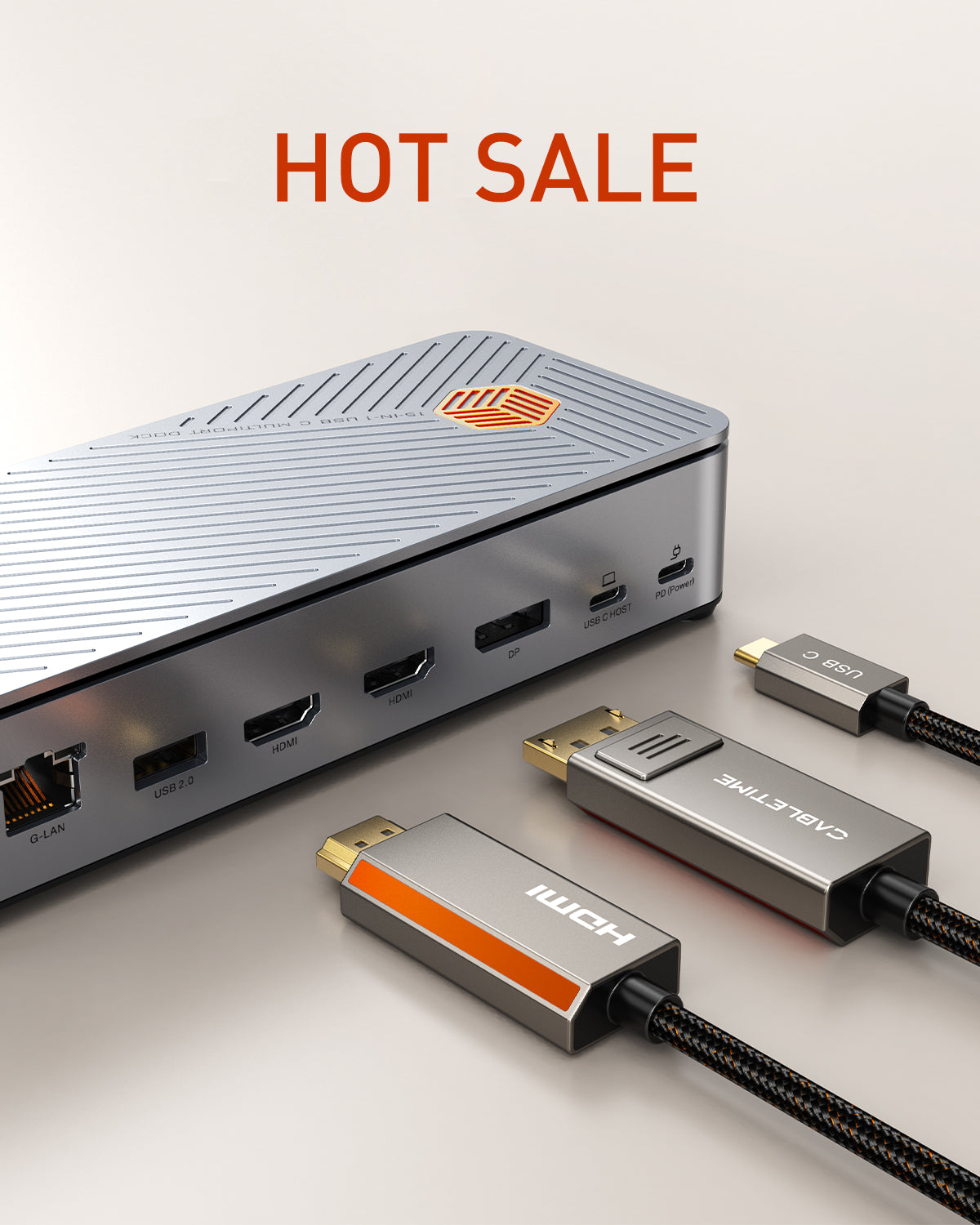
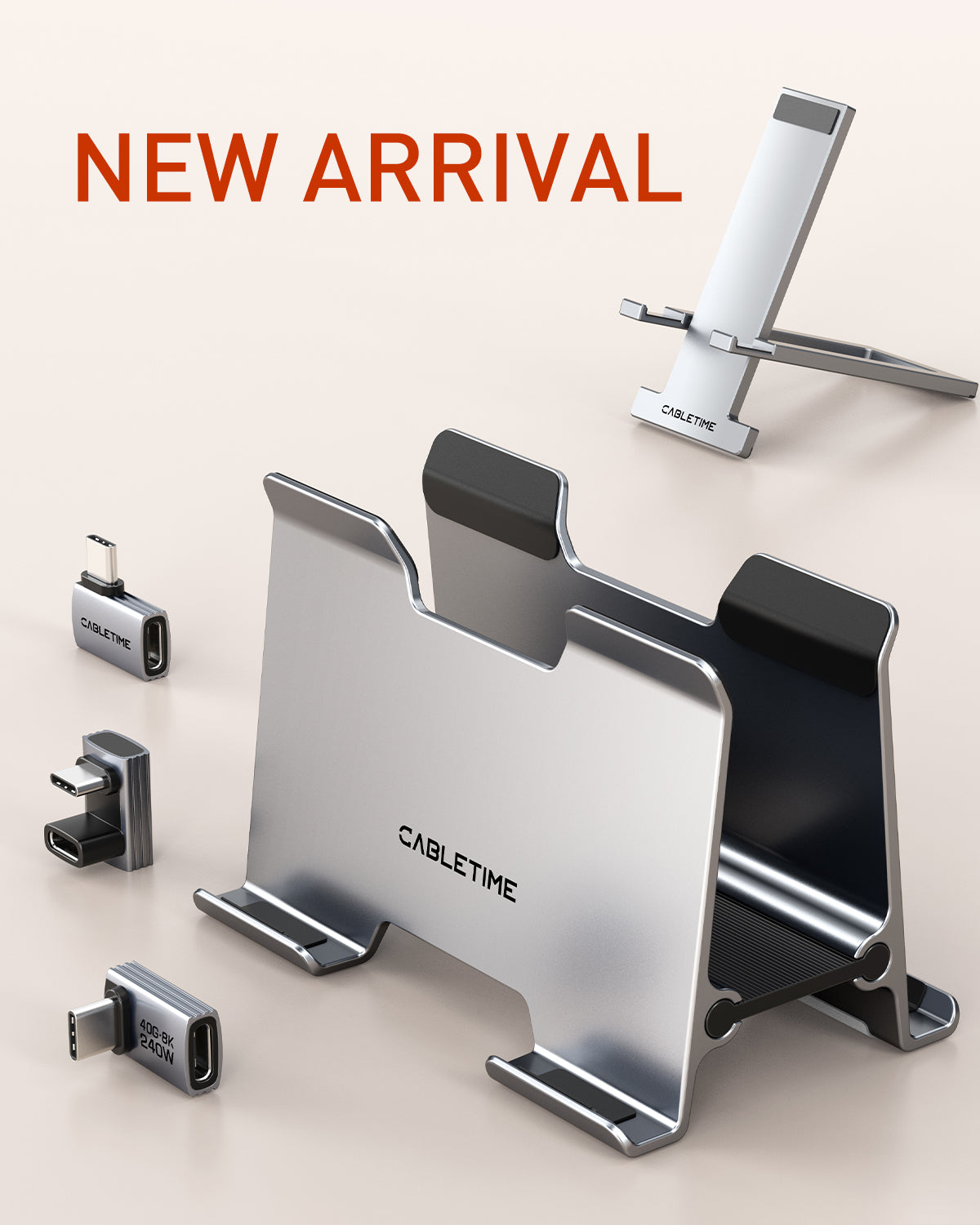
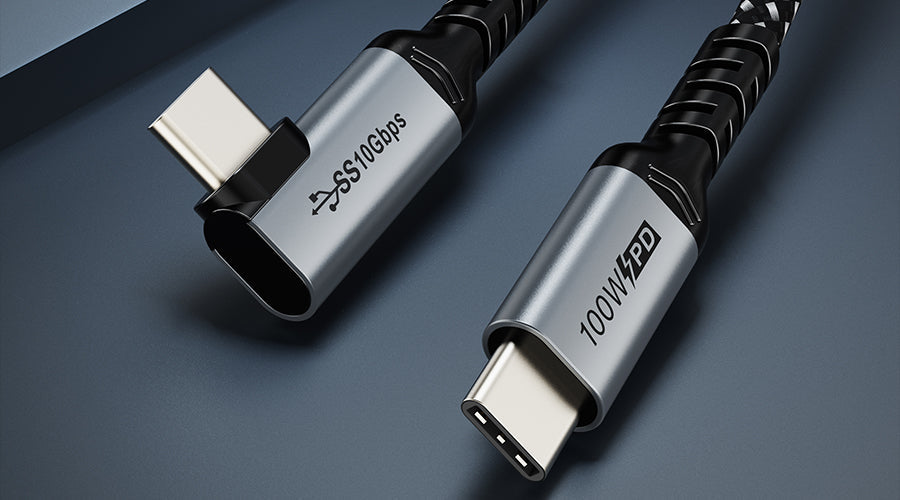
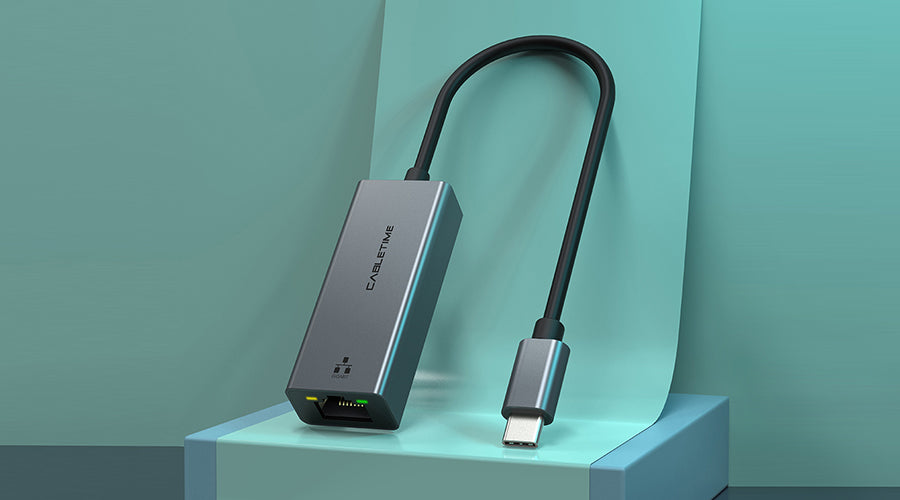
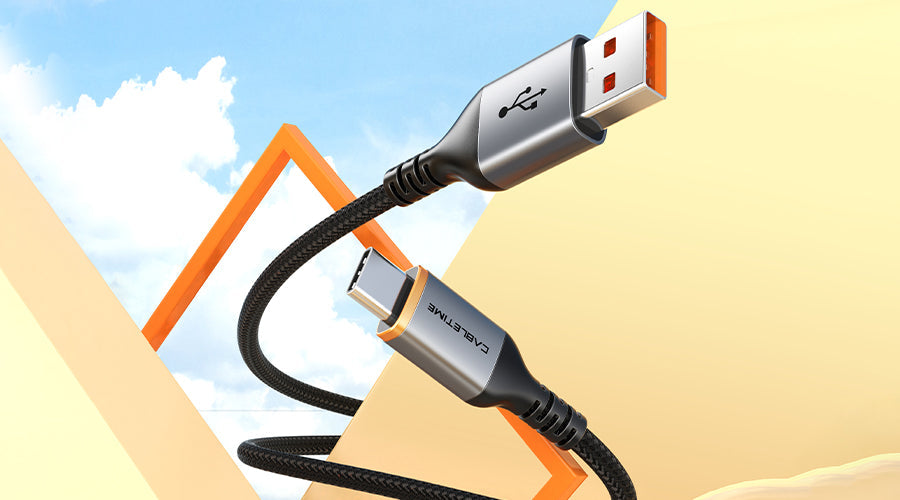
Leave a comment
This site is protected by hCaptcha and the hCaptcha Privacy Policy and Terms of Service apply.